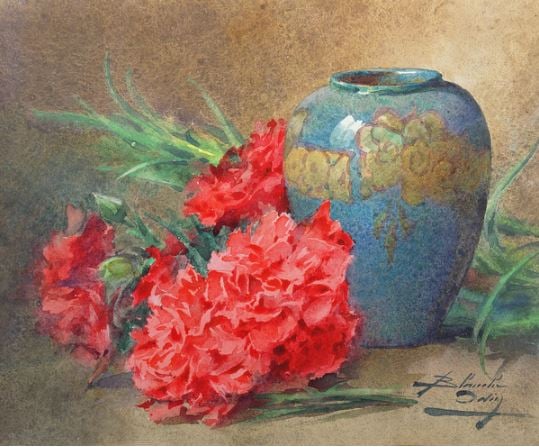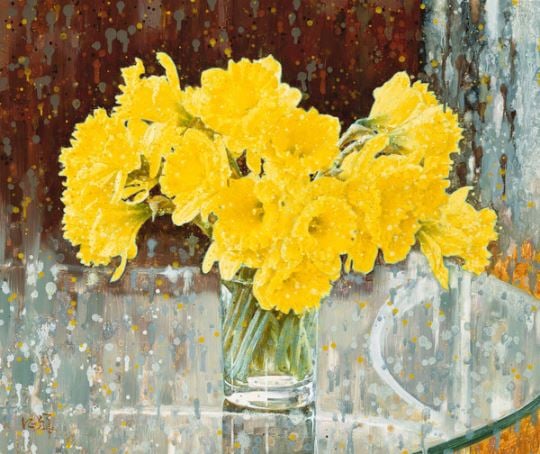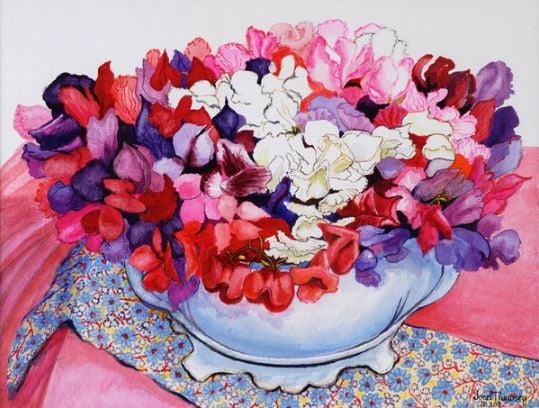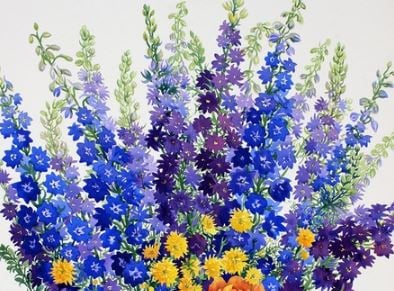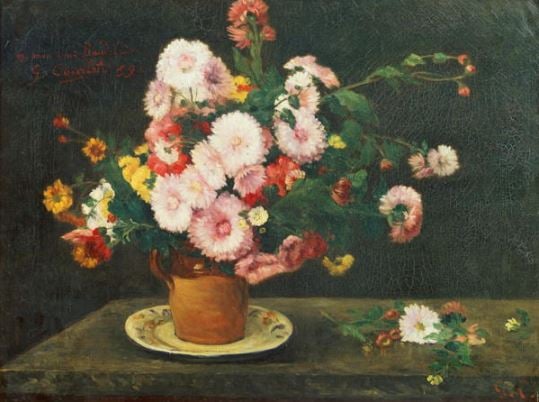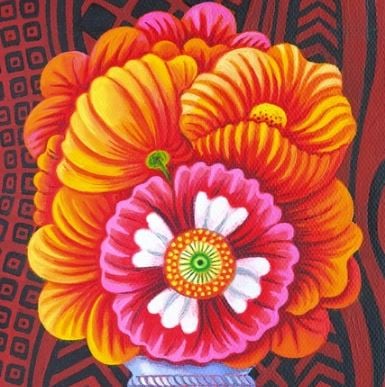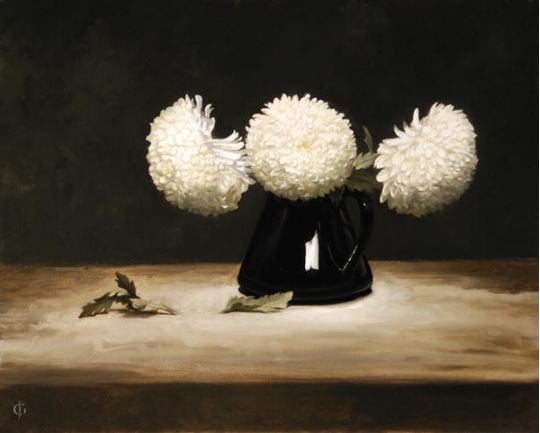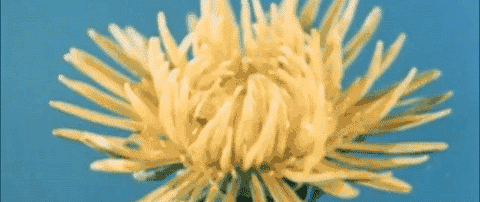
Roses are red, violets are blue, but what does your birth month flower say about you?
With the renowned RHS Chelsea Flower Show coming up in London from 23 – 27 May, we rose to the occasion to highlight a bunch of gorgeous flowers and their corresponding birthday months and symbolism. The language of flowers has captivated people for many years and was first introduced to England in the early 18th century by Lady Mary Wortley Montagu, an English aristocrat and letter writer who introduced smallpox inoculation to Western medicine.
January – Carnation
Symbolises: fascination, distinction, love
January may typically be a cold and gloomy month but this bright and bold flower is sure to brighten up one’s mood. Each hue of the carnation provides a different meaning; light red carnations represent admiration, dark red denotes deep love and affection, white represents pure love and good luck, purple carnations indicate capriciousness, while striped (variegated) carnations symbolise regret that a love cannot be shared.
In France, it is a traditional funeral flower, given in condolence for the death of a loved one. The flower was said to have first appeared on Earth as Jesus was carrying the cross, as it sprang from where Mary’s tears touched the ground. Thus the pink carnation became the symbol of a mother’s undying love.
February – Violet
Symbolises: faithfulness, wisdom, hope
This month is often associated with Valentine’s Day and therefore also roses, however its representative flower is actually a violet. In the Victorian era, gifting violets meant ‘I’ll always be true’. An Old English name for the plant was also ‘heartsease’ – a true spouse keeps your heart at ease after all! The flower is not always a purple shade as its name suggests, but sometimes comes in blue, yellow and white as well.
Violets can symbolise delicate love, affection, modesty, faith, nobility, intuition and dignity. The blue variation symbolises love and faithfulness, white violets represent purity and chastity, and yellow violets symbolise high worth and goodness. The phrase ‘shrinking violet’ was coined in the UK by Leigh Hunt, a close friend of poets Keats and Shelley, as he personified the ground-hugging flower with shyness and modesty.
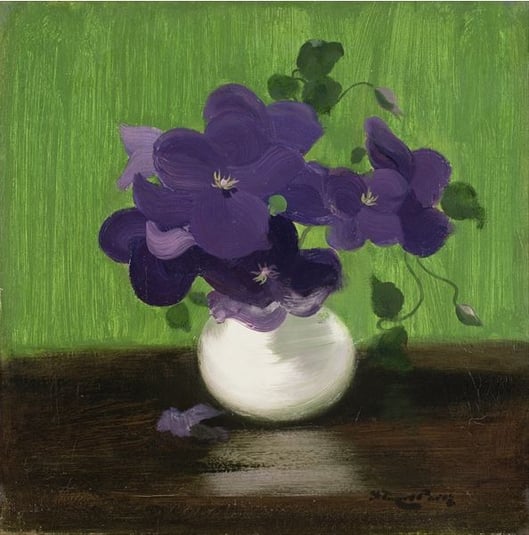
Violets, c.1900 (oil on canvas), James Stuart Park (1862-1933) / Private Collection / Photo © The Fine Art Society in Edinburgh, Scotland
March – Daffodil
Symbolises: Spring, rebirth, domestic happiness, friendship
The daffodil is practically synonymous with Spring or Easter, and plenty of the sunshine-yellow flower are often seen during this time. Because of their long association with Lent, they are sometimes referred to as the ‘Lent Lily’. They convey a hidden message of friendship and happiness, although they can also be linked with the flower narcissus, which symbolises vanity.
The flower is a lucky emblem of future prosperity. In Wales, it’s said that if you spot the first daffodil of the season, your next 12 months will be filled with wealth. Chinese legend has it that if a daffodil bulb is forced to bloom during the New Year, it will bring good luck to your home. Daffodils are also the 10th wedding anniversary flower.
April – Sweet pea
Symbolises: love, youth, purity
Are you an April sweet pea? This flower portrays youthfulness and delicate pleasure and it blooms in a range of soft or two-tone colours. When these flowers were formed in a bouquet in the Victorian era, they were said to mean gratefulness. The flower can additionally stand for appreciation and departure after an agreeable experience.
May – Lily of the Valley
Symbolises: humility, sweetness, chastity
Lily of the valley is occasionally called the ‘Ladder to heaven’ and ‘Jacob’s tears’ or ‘Mary’s tears’. This sweetly scented and rare flower signifies a return to happiness. Once again it was used in the Victorian times, to romantically say ‘you have made my life complete’. Traditionally, the lily of the valley flower is sold everywhere in France on the first day of May. These delicate flowers are also seen as a good luck charm in some countries and are often given as a gift to celebrate the birth of a new baby.
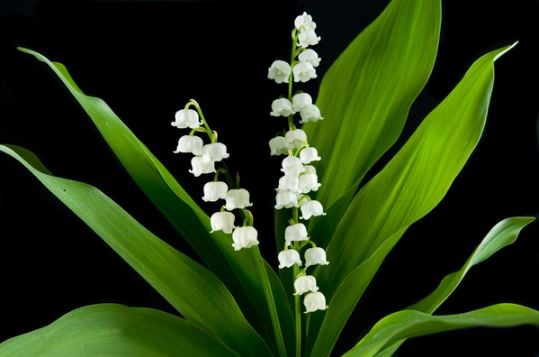
A lily of the valley plant, Convallaria majalis, in bloom / Darlyne A. Murawski / National Geographic Creative
June – Rose
Symbolises: love, appreciation, passion
There’s no doubt about it, the rose is the world’s most popular and acclaimed flower. It has a complex and ancient history with various paradoxical meanings, from purity, passion and heavenly perfection to fertility, death and life. It has been used for hundreds of years to represent confidentiality, since it can convey messages without words. The rose is the national flower of England and the national floral emblem of the US.
There are over 100 species of roses and they come in a variety of blooming beautiful colours. Each colour offers a distinct meaning: red, the lover’s rose, signifies enduring passion; white, humility and innocence; yellow, expressing friendship and joy; pink, gratitude, appreciation and admiration; orange, enthusiasm and desire; while lilac and purple roses represent enchantment and love at first sight.
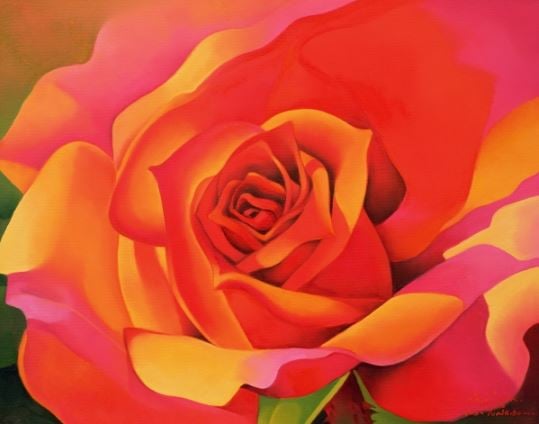
: A Rose – Transformation into the Sun, 2001 (oil on canvas), Myung-Bo Sim (Contemporary Artist) / Private Collection
July – Larkspur
Symbolises: levity, lightness, joy
With its simple form, the refreshing larkspur is attributed to feelings of an open heart and ardent attachment. In pink it symbolises fickleness or contrariness, in blue/purple it means first love and in white it indicates a happy nature.
In Greek mythology, it is stated that the larkspur sprang from where Ajax‘s blood fell on the earth. The letters AIA are said to appear on the petals in remembrance of Ajax. The flower also appears in a Native American legend concerning a celestial being coming down from the sky, as well as a Christian legend that tells of a rabbit’s faith in Christ’s resurrection.
August – Gladiolus
Symbolises: moral integrity, strength, remembrance, infatuation
This long-lasting flower comes in a spectrum of colours such as red, yellow, pink, white and orange. It stands for sincerity and strength of character. They are sometimes referred to as sword flowers and were considered the flowers of gladiators. Evoking the drama of Roman gladiators, a bouquet of gladioli conveys to a recipient that they pierce the giver’s heart with passion. #fierce
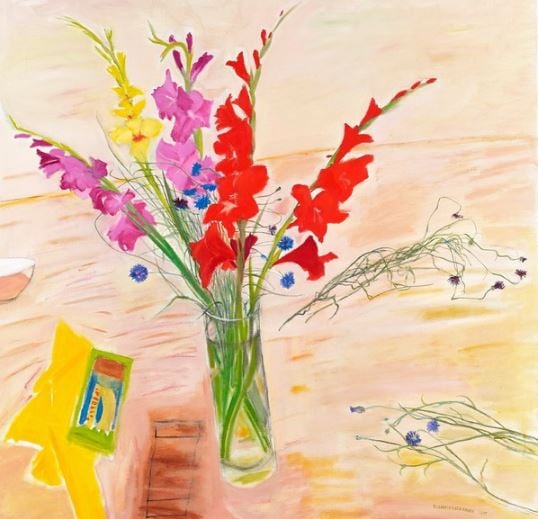
Still life with gladioli, 1997 (oil on canvas), Dame Elizabeth Blackadder (b.1931) / Private Collection / Browse and Darby, London
September – Aster
Symbolises: patience, daintiness, remembrance
With their wildflower beauty and lush texture, asters have long been considered an enchanted flower. In ancient times, it was believed that the perfume from their burning leaves could drive away pesky evil serpents. Nowadays, they’re known as a talisman of love and a symbol of patience. They are also named ‘starworts’, ‘Frost flowers’ or ‘Michaelmas daisies’ and the name ‘Aster’ is derived from the Greek word for star. This is due to the star-like shape of the flower head.
In Greek mythology it is said that the aster was created from the tears of the Greek goddess Astraea. One day, she was upset at how few stars there were in the dark sky and as she wept her tears fell on the ground and formed the aster flower. Aster is also an emblem of Venus, the goddess of love and is the official flower for 20th wedding anniversaries.
October – Marigold
Symbolises: passion, creativity, devotion, protection, sorrow
Being vibrant yellow and gold in colour, the marigold is commonly associated with the sun and is called ‘the herb of the sun’. Its name is said to be derived from ‘Mary’s gold’, when early Christians placed flowers on the Virgin Mary’s altar as an offering. Marigolds are highly significant in Indian culture but also throughout the world and history. They were a sacred flower to the Aztecs and were used by them in religious ceremonies and medicine – they were expected to cure hiccups or even people struck by lightning! Evidence still pending… In some cultures, rubbing marigold water on your eyelids was thought to induce the psychic visions of fairies.
While the marigold has many positive attributes such as creativity, warmth and good cheer, it also has negative connotations. It has been associated with despair and grief over the loss of love and cruelty or coldness due to jealousy. In Mexican culture it is linked to remembrance of the dead during ‘Dia de los Muertos’ (Day of the Dead) as it is believed that dead souls are attracted to the strong smell of the flower.
November – Chrysanthemum
Symbolises: compassion, friendship, joy, love
With a history dating back to 15th century BC, the flower is full of a rich past and symbolism. Its name is derived from the Greek word Chrysos, meaning gold, and Anthemon, meaning flower, to reflect its beauty and value. As November’s official flower, it communicates that even the beginning of winter can have joy. It is also the traditional flower of choice for Mother’s Day in Australia and is sometimes nicknamed ‘mum’.
In Japan, there is a Festival of Happiness to celebrate this flower every year. A symbol of the sun, the Japanese consider the orderly unfolding of the petals to represent perfection and Confucius once suggested that the chrysanthemum be used as an object of meditation. In Chinese culture the flower is called one of the Four Gentlemen to show its importance as a symbol in artwork.
The chrysanthemum embodies lasting friendship, cheerfulness, rest and recovery, enduring life and rebirth, and loyalty and devotion. It’s said that a single petal of this celebrated flower will encourage a long and healthy life if placed at the bottom of a wine glass. Cheers to that!
December – Poinsettia
Symbolises: good cheer, success
Poinsettias are also known as the ‘Christmas star’ or ‘Christmas flower’. Their association with the holiday is said to have come from a Mexican legend where a child gathered humble weeds to place as a gift on the altar on Christmas Eve and by some Christmas miracle the weeds transformed before the congregation into the bright red and green flower. The flower was named after Joel Roberts Poinsett, the first US ambassador to Mexico, who introduced the plant to the US. Poinsettias are also known as ‘Mexican Flame Leaf’, ‘Winter Rose’, ‘Noche Buena’ and, in Turkey, ‘Atakurk’s Flower’, because it was the favourite flower of Atakurk, the founder of modern Turkey.
While considered by the ancient Aztecs to be symbols of purity, in today’s flower language the December birth flower symbolises good cheer, success and wishes of mirth and celebration.
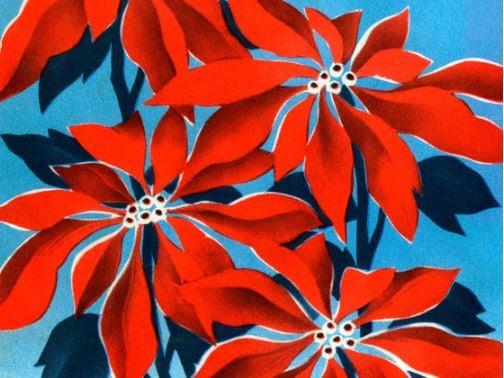
Vintage Illustration of Christmas Poinsettias (detail), c.1940s-50s (screenprint), Unknown Artist, (20th century) / Private Collection / Photo © GraphicaArtis
Peony for your thoughts? Comment below!
Find out More
View more flower images in the Bridgeman archive
Get in touch at uksales@bridgemanimages.com for more information on licensing and clearing copyright

